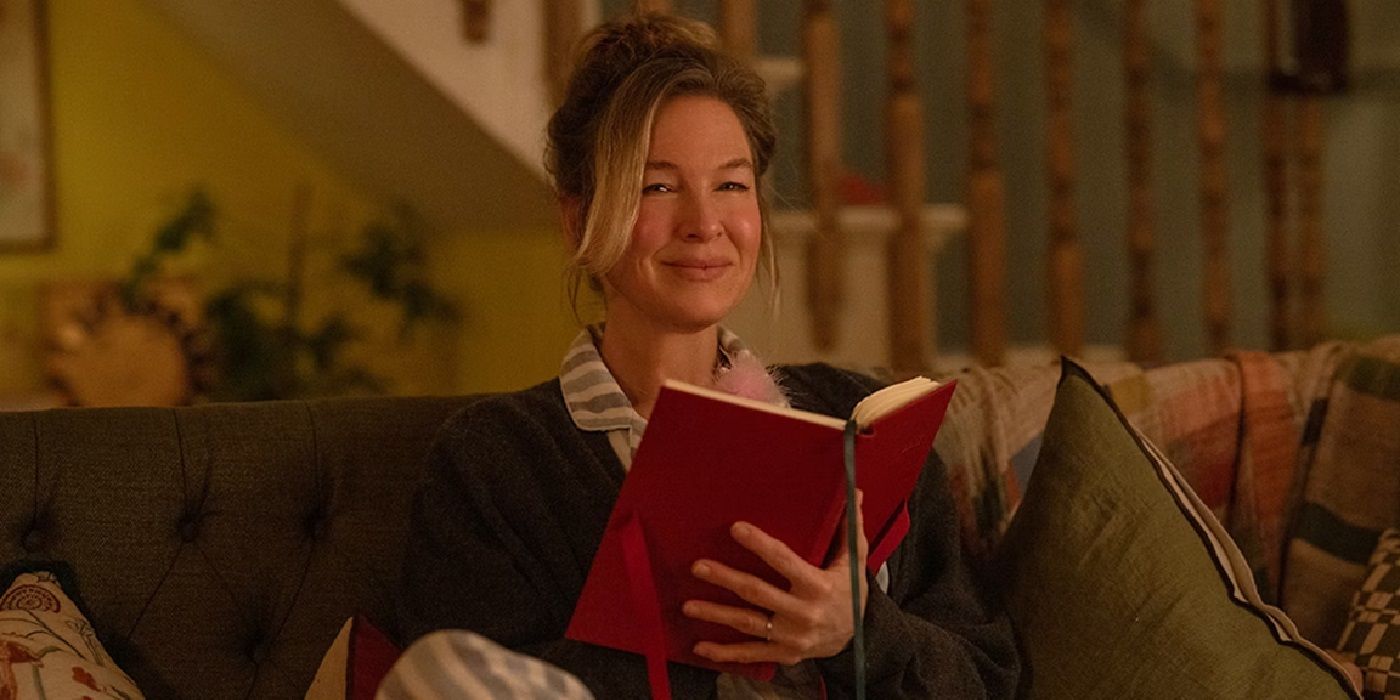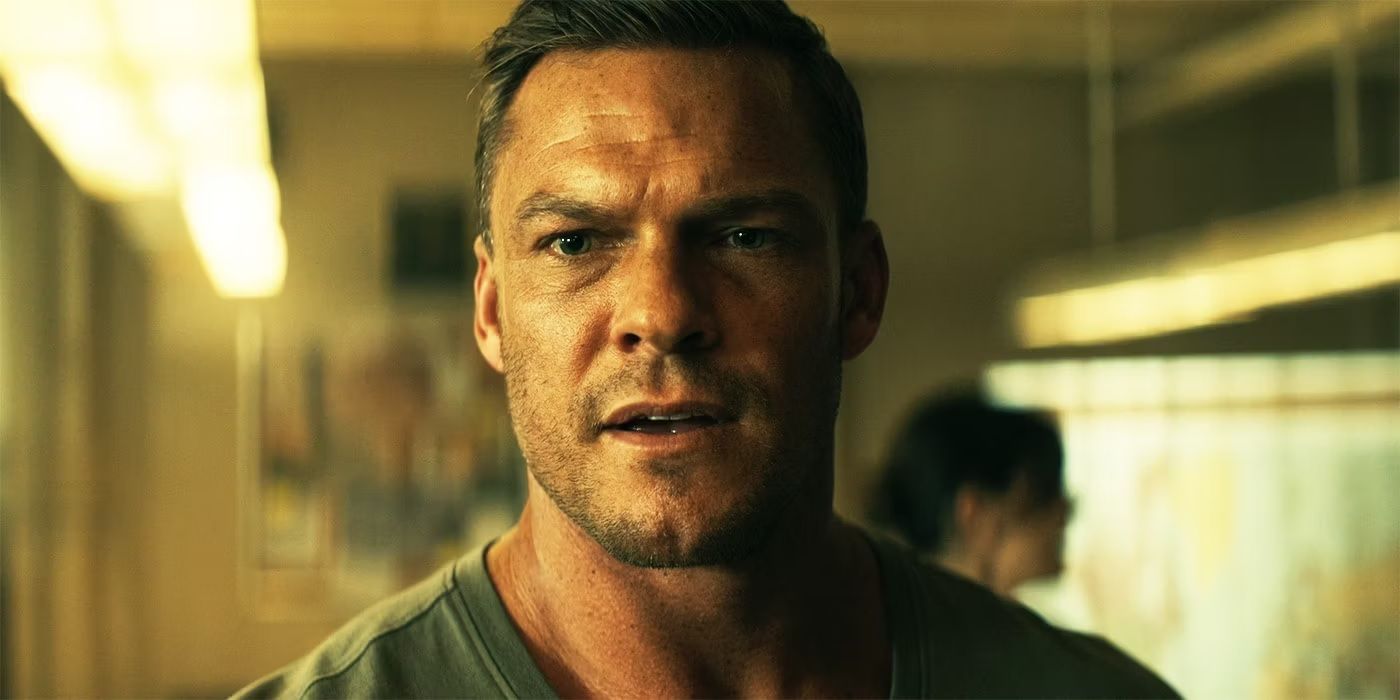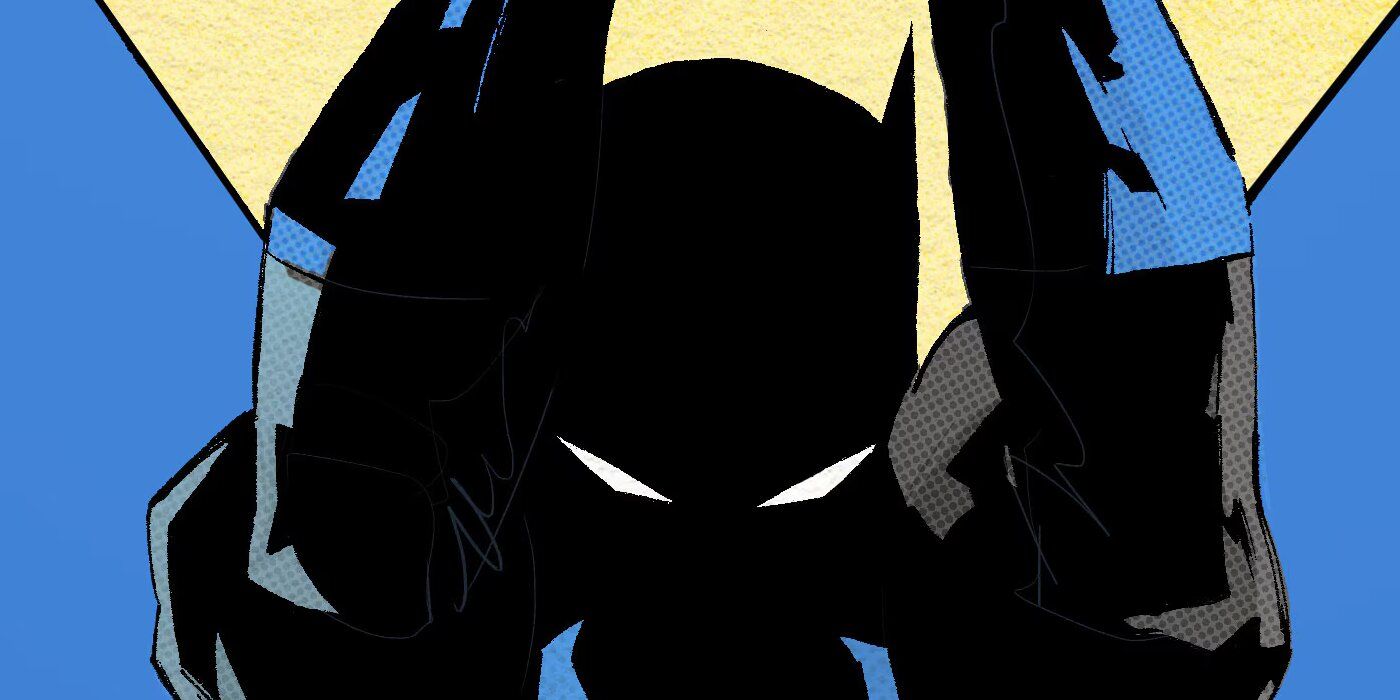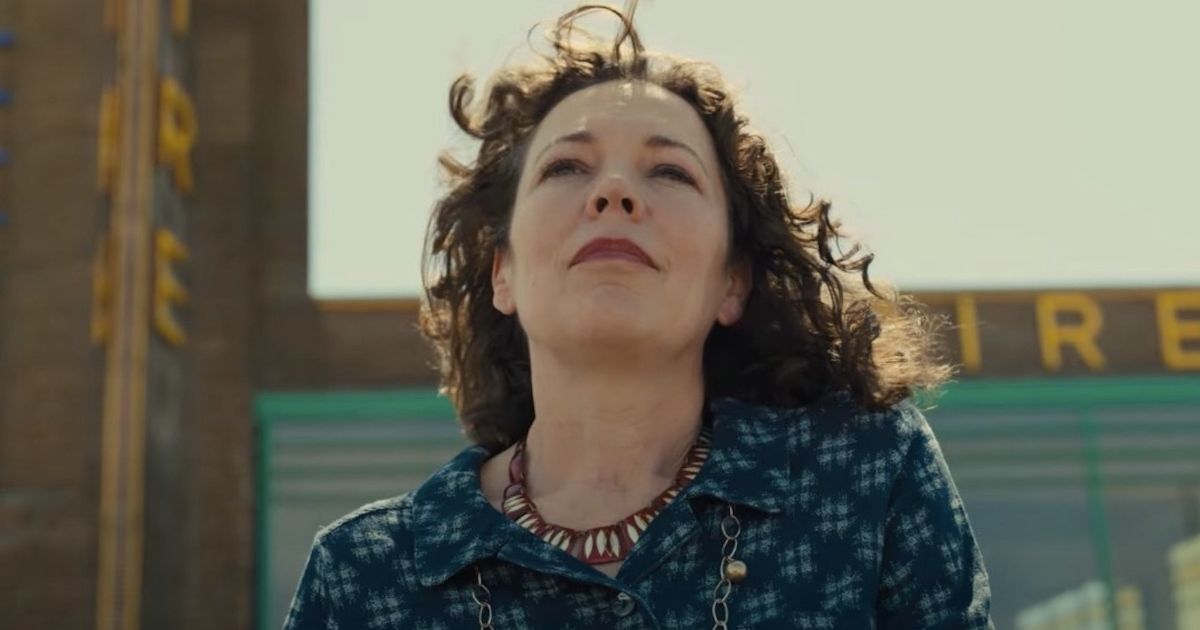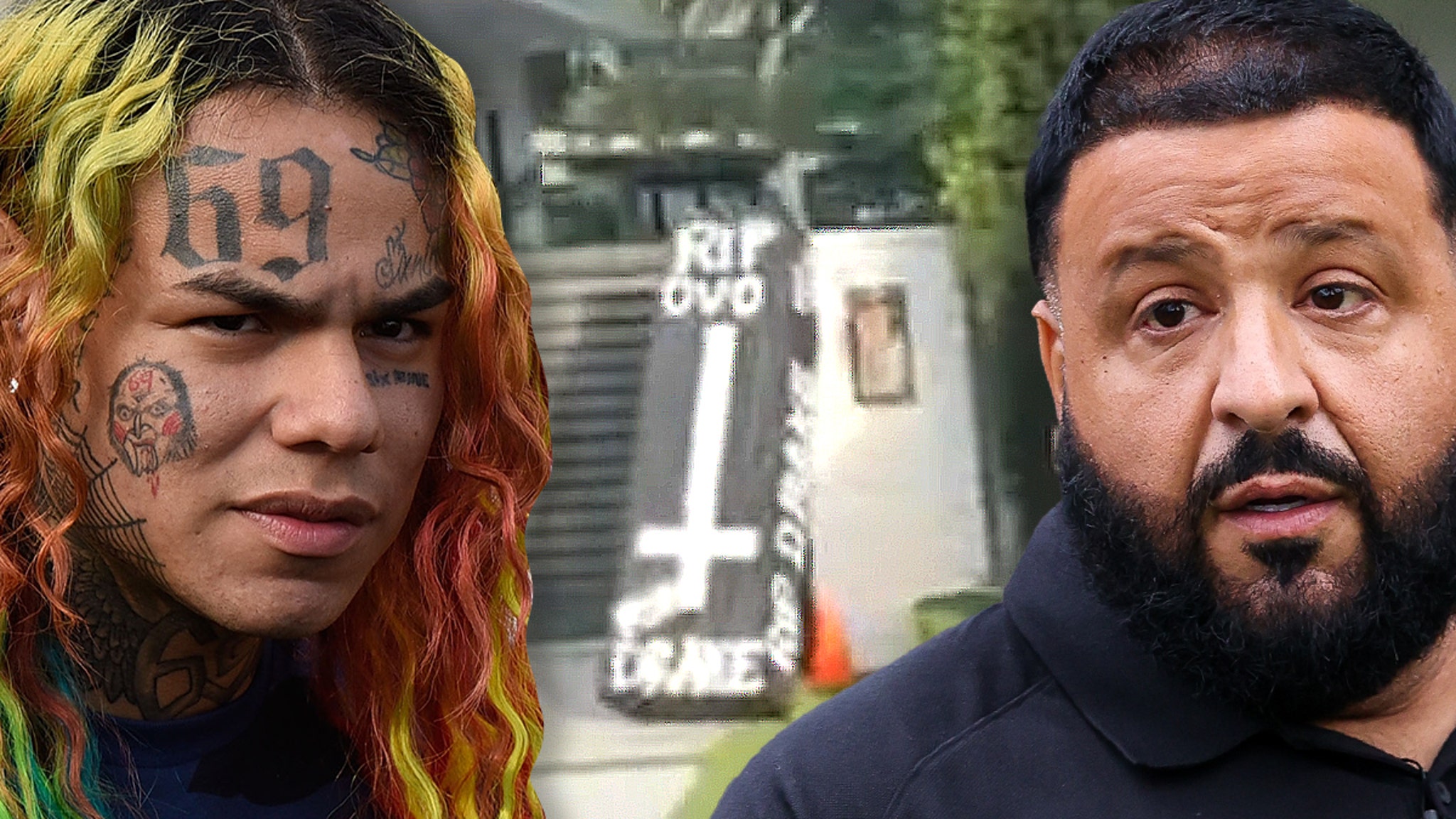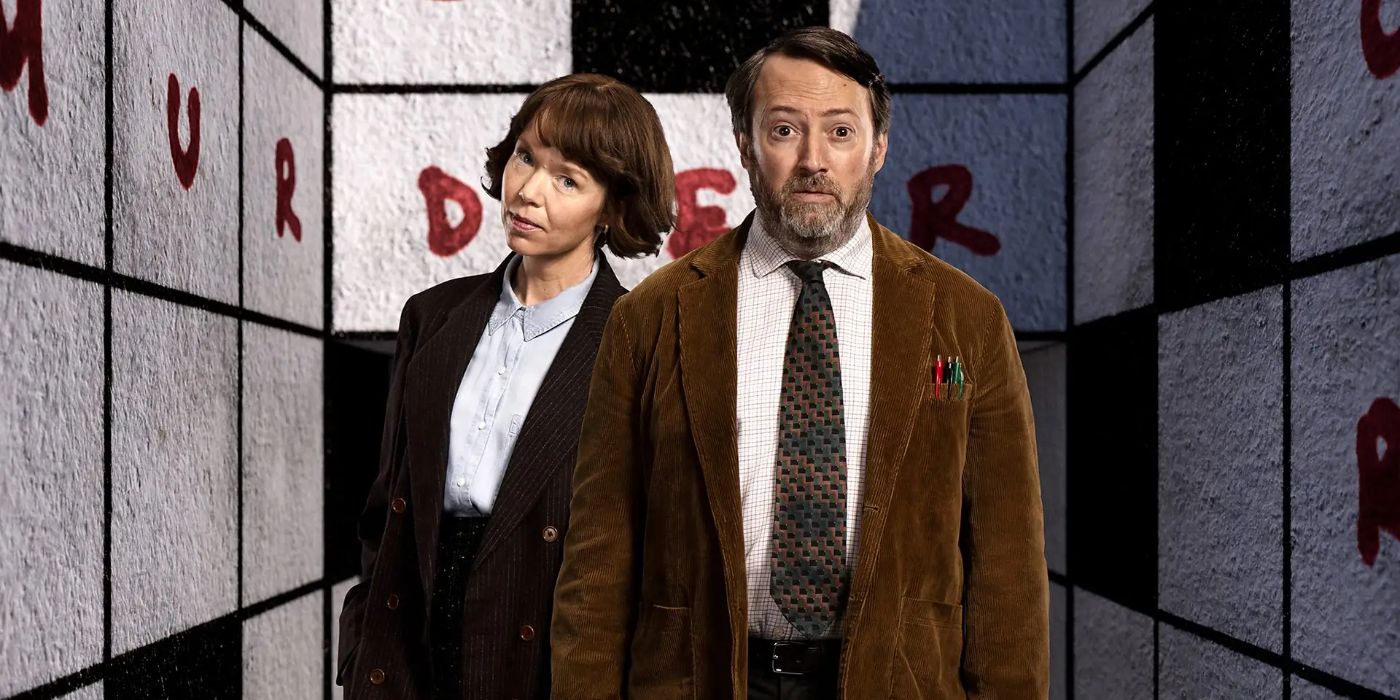I’ll walk where my own nature would be leading:
It vexes me to choose another guide.
Words to live by, and Emily lived by them in her tragically short life. But what do we know about her, really? Charlotte described her as “a solitude-loving raven, no gentle dove.” Emily rarely left home (and when she did leave home, it usually ended badly). This means we don’t have a voluminous correspondence from Emily in the way we have from Charlotte, who went away to school and work, writing multiple letters a day. Much of what we know about Emily comes from Charlotte, the sole surviving sibling after the catastrophic one-year period (1848-1849), where sisters Anne and Emily and brother Branwell all died. Given the spotty record, speculation about what might have been going on fills the void. Frances O’Connor‘s “Emily” engages in some really wild speculations, some of which I’ve heard, others which are new to me, but it’s all in an attempt to get close to the most mysterious Brontë, not just as a person but as an artist.
In this, O’Connor has a perfect partner in Emma Mackey, who plays Emily with sensitivity and freedom. She’s not held back by an imposed “conception” of this woman. She’s let loose. Her Emily is joyous, sulky, troubled, paralyzed with anxiety, rebellious, and passionate. There’s reason to believe all of this is true. The local villagers referred to Emily as “the strange one,” and without overplaying it, Mackey suggests why. She can’t make eye contact with people. She shrinks from interactions with non-family members. When Michael Weightman (Oliver Jackson-Cohen), Mr. Brontë’s new assistant curate, enters the family circle, he disturbs the waters. His sermons are the opposite of Mr. Brontë’s fire-and-brimstone declarations. Weightman speaks of a gentle, almost thoughtful God. The Brontë sisters listen enraptured, and they also can’t fail to notice he’s easy on the eyes. Emily responds to him combatively, at first, poking holes in his arguments, refusing to concede ground. Naturally, he’s drawn to her the most.
There are a number of extraordinary sequences, speculative in nature, but which make so much sense thematically and emotionally. “Emily” goes deep. (Surface events are minimal, anyway. A similar issue arises with Emily Dickinson, whose life was not crowded with outer events. But look to “the results.” It’s possible to never leave home and live a dramatic inner life. This is what Frances O’Connor explores wonderfully well.) There’s a scene where Emily, goofing around with her siblings and Weightman, puts on a ceramic mask. At first, it’s part of a game until Emily transforms, the mask providing her the anonymity necessary to express the grief beneath the surface, all as a storm rises outside. The scene is an incredible work of imagination, anchored in what we already know and what we can guess at, considering Wuthering Heights. It evokes—without underlining the connection—the book’s terrifying opening scene, with the ghost rattling at the window frame, imploring to be allowed inside out of the storm.
You can view the original article HERE.



